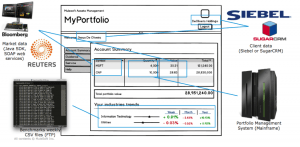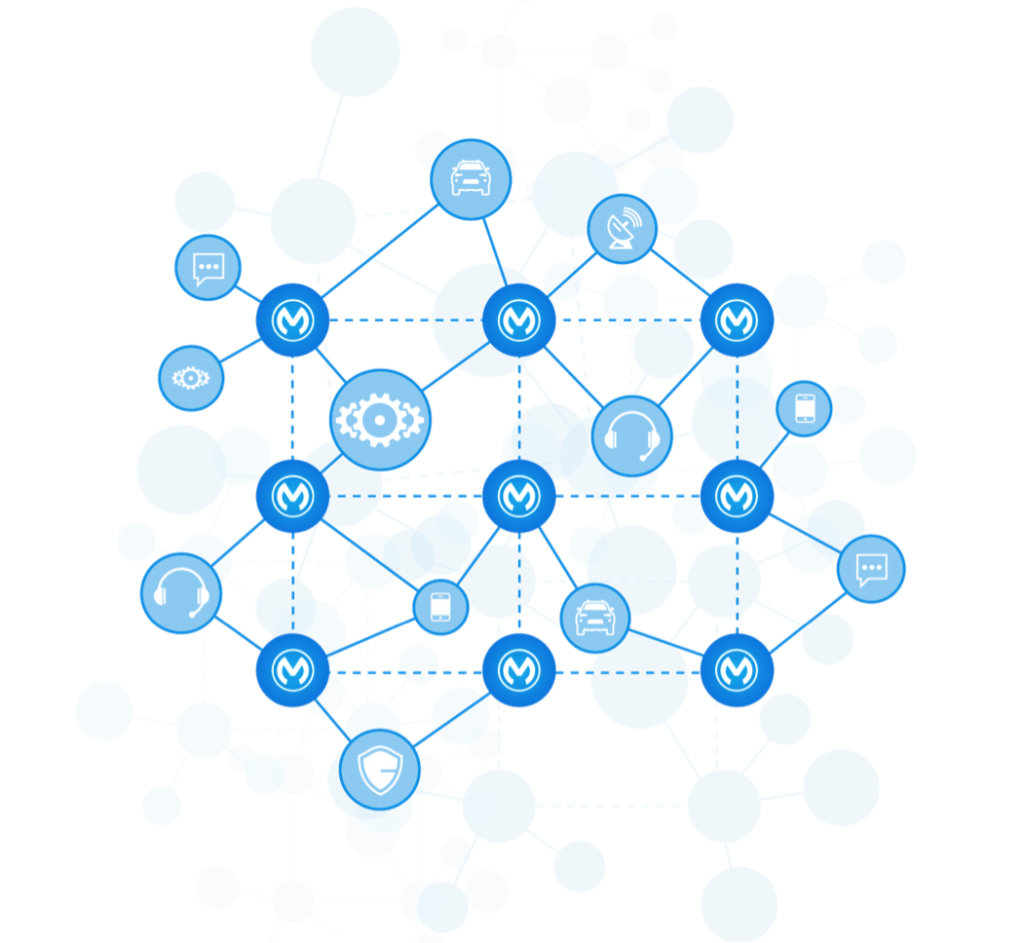This webinar is now available to watch on-demand.
Last week, Gartner published its 2016 Magic Quadrant for Full Lifecycle API Management, which covers “the planning, design, implementation, publication, operation, consumption, maintenance and retirement of APIs.” Proudly, MuleSoft is in the Leaders quadrant for the second year in a row. In the report, Gartner lists the following as one of MuleSoft’s strengths:
- MuleSoft provides open-core enterprise service bus (ESB), iPaaS and API management, with a common bundle/pricing model. These are linked because APIs are widely used for integration and orchestration of application and data logic.
In our work with 1000+ customers on the Mule runtime, our open-core offering, we’ve seen broad adoption of APIs in driving enterprise connectivity, as Gartner referenced. Through our customer engagements, we’ve developed a best practices approach. We call it API-led connectivity and it’s an approach that aligns the people in your organization and the technology they each use around a process to deliver reusable application building blocks.
To bring this concept to life – imagine you’ve been tasked with creating a front office web application that requires connectivity to a number of back office systems, each one with a different way of accessing data and each one controlled by a different domain expert. If you work in a financial institution, your connectivity requirements might look something like this:
If you’ve made it this far, you probably already know that connecting to these backend systems via APIs is a recommended approach, but how would you answer these questions
- How many APIs do I need to create to enable this front office experience?
- Who should create these APIs?
- What tools should they use?
- How can I make sure the data exposed from these systems is shared securely?
- How do I keep track of who has access to what systems?
- What happens to my API when my requirements change?
I’ll be addressing those questions and more in my webinar, Full Lifecycle API Management with Anypoint Platform. We’ll use this project as a backdrop to walk through how teams can use the broad capabilities for API design, implementation and management on Anypoint Platform to create reusable building blocks and pluggable nodes in the application network.
Webinar Date: Tuesday, November 15, 2016
Time: 10:00 am – 11:00 am PST











